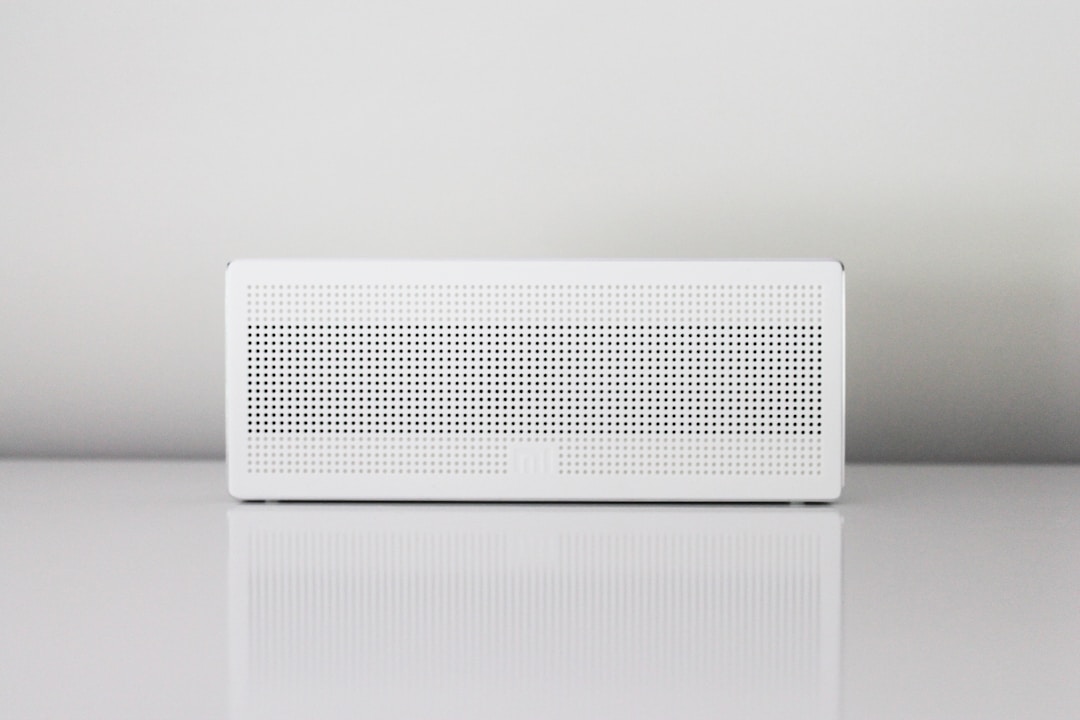Homeowners have a lot of responsibilities when it comes to maintaining a safe and comfortable home, but one area that’s often overlooked is indoor air quality. Indoor air quality can impact many aspects of your life at home, including your health. Some signs that you need to improve your air quality include increased presence of allergens and contaminants, poor temperature regulation, and the development of health problems that can be the result of low air quality.
If taking care of your home and your health a priority for you, and they should be, you need to make sure the air in your home is clean. For anyone who isn’t familiar with the importance of indoor air quality, read on to learn about how air quality can impact your home.
What are the effects of poor air quality?

The impact of dirty air ducts and low-quality indoor air can affect everything from your comfort at home to your health and safety. One of the main concerns that can arise due to air quality is that the presence of many common contaminants can cause serious medical problems. These can range from nausea and headaches to respiratory illnesses. Allergens like pet dander being able to linger in the air can also cause severe discomfort for allergy sufferers.
If secondhand smoke is a concern in your home, it’s important for you to understand the health risks that it poses. Cigarette smoke contains over 4,000 chemicals and even secondhand smoke increases your risk for conditions like asthma, cancer, breathing problems, and SIDS (sudden infant death syndrome).
Some contaminants, like radon, can result in even more serious issues. Radon is a gas that’s produced by decaying uranium in soil, and it’s the second leading cause of lung cancer in the United States. There are other chemicals and pollutants that can impact your health, so it’s a good idea to talk to an expert and have your home examined and tested if you have any concerns.
How can I improve the air quality in my home?

There are a lot of different ways you can address issues with the quality of the air in your home. One important thing to do is make sure you stay on top of regular maintenance for your HVAC system. Clogged or dirty ducts and filters affect how effectively your HVAC operates, and a poorly maintained system is a major safety risk. Not only that but if your HVAC system isn’t operating efficiently, regulating temperature will put a larger load on the system. This can raise your energy bills, in addition to creating discomfort. Common sense steps like making your house a no-smoking zone are also a good idea.
Keeping the humidity level in your home healthy is another great way to improve air quality. Too much moisture creates an environment for allergens like dust and mold to thrive, in addition to increasing your risk for certain types of property damage. A dehumidifier can make a big difference in the summer months. You can also reduce humidity by using an exhaust fan while cooking, venting your clothes dryer outside, and fixing leaky plumbing.
Poor indoor air quality is a serious issue that can affect any home, causing everything from severe health problems to significant property damage. There are plenty of simple ways that any family can improve their indoor air quality, and most of them are affordable too. Even simple steps like eliminating smoking and using an exhaust fan in the kitchen can make a difference. Keeping your home healthy for you and your family should always be at the top of your priority list, and making sure your indoor air is clean and safe to breathe is one of the most important things you can do.







